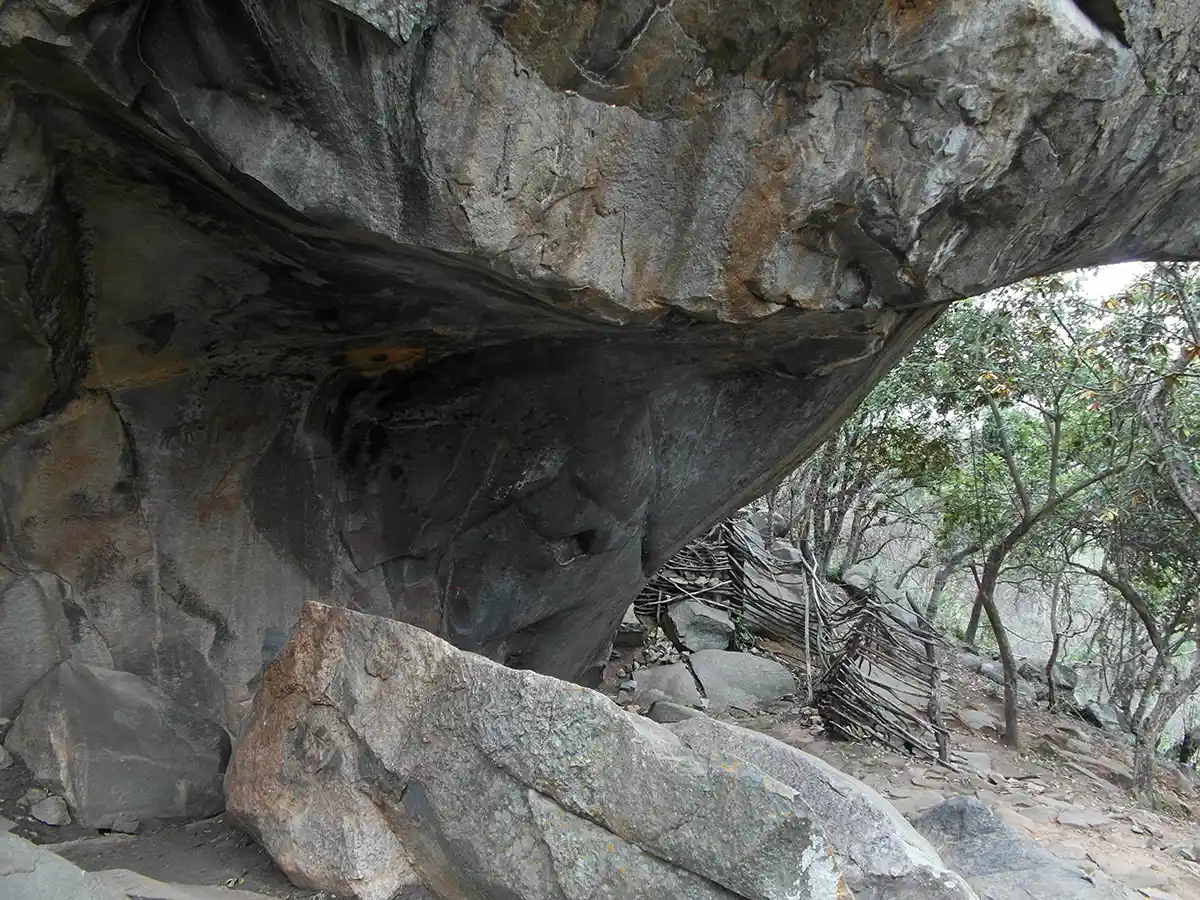Sacred Sites of Swaziland
Swaziland: Sacred Landscapes and Living Traditions
Nestled within South Africa, the Kingdom of Swaziland (Eswatini) holds within its mountainous terrain a captivating array of sacred sites. These locations bear testament to deeply held animistic and ancestor-focused traditions, woven alongside more recently introduced influences of Christianity. Their significance highlights Swaziland's distinct spiritual heritage and underscores the enduring power of place in shaping cultural practices.
Nsangwini Cave Paintings
Hidden within the Nsangwini Rock Shelter, ancient paintings offer a window into the cosmology and lifeways of the San people (Bushmen). These evocative images depict both human figures and animals, hinting at spiritual practices, hunts, and rituals. Nsangwini serves as a potent reminder of the strong and long-lasting link between art, belief, and the natural world for these early inhabitants of the region.
Traditional Sites of Ancestral Veneration
Throughout Swaziland, numerous sites retain spiritual importance due to their associations with ancestral spirits. Caves, mountain formations, or specific forests might be deemed sacred locations for communication with ancestors, traditional healing practices, and ceremonies focused on honoring those who came before. While outsiders might be restricted from accessing these sites out of respect and tradition, their existence emphasizes the ongoing spiritual practices connected to lineages and the natural landscape.
Incwala Ceremony
Perhaps the most recognized spiritual event in Swaziland, the Incwala Ceremony represents a blend of tradition, communal participation, and national unity. Rooted in ancestral reverence and kingship rituals, the Incwala unfolds over several weeks with prayers, harvesting of sacred materials, and culminates in vibrant dances and celebrations. Witnessing the Incwala offers a glimpse into the deeply held customs and cultural importance of maintaining a connection to the past.
Mantenga Cultural Village
Located near the scenic Mantenga Falls, this reconstructed traditional homestead, while recreated for visitors, does offer insights into Swazi customs and beliefs. Its layout, practices, and dances present a connection to past lifeways and an active effort to preserve the nation's unique cultural identity. Though a more curated experience than ancient sacred sites, the village helps contextualize tradition within Swaziland's present.
Modern Christian Landmarks
Christianity, brought by missionaries, plays a visible role in Swaziland's landscape. Numerous churches throughout the country serve local congregations. Sites like the impressive Manzini Cathedral are examples of how Christian architecture has become part of the country's urban and rural environments, representing the introduction and blending of another major faith influence within the broader landscape of spirituality.
Swaziland's sacred sites span millennia. From the rich artistic record left by the San people in Nsangwini to the vibrant energy displayed during the Incwala, ancestral beliefs and rituals remain embedded in the cultural fabric. Sites connected to introduced traditions such as Christianity demonstrate a diverse, evolving religious landscape while still showcasing the profound impact faith has within Swazi communities.
Note:
It's vital to understand and respect customs and beliefs associated with individual sacred sites before any visitation. Seeking permissions and learning about appropriate behaviors demonstrates sensitivity and respect for local traditions.

Martin Gray is a cultural anthropologist, writer and photographer specializing in the study of pilgrimage traditions and sacred sites around the world. During a 40 year period he has visited more than 2000 pilgrimage places in 160 countries. The World Pilgrimage Guide at sacredsites.com is the most comprehensive source of information on this subject.

